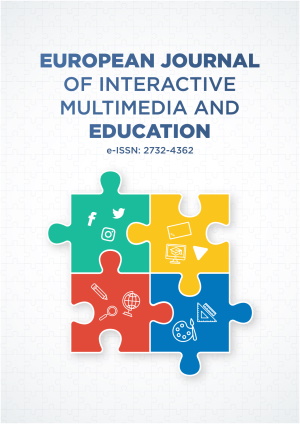Abstract
The current paper discussed the challenges encountered by university teachers during online education in Morocco. It also investigated teachers’ attitudes towards their distance teaching experience. 156 Chouaib Doukkali University teachers, (male=85 and female=71) were administered an online questionnaire via their professional email addresses. The participants, belonging to five faculties, were kindly invited to fill out the question within two weeks. For triangulation purposes, 20 (male=12 and females=8) informants were interviewed about their experience with distance education. Quantitative data were analyzed through descriptive statistics to extract demographic characteristics of the participants and provide measurements of mean values, standard deviations, and frequencies of the variables. Qualitative data were thematically analyzed. Findings showed that although the vast majority of the respondents used online teaching, many faced both technical and logistical barriers, which were reported to impede the good delivery of lessons. Also, the majority of the participants showed a negative attitude towards the COVID-19 online teaching experience. The study discusses some implications for online teaching practice in tertiary education in Morocco.
License
This is an open access article distributed under the Creative Commons Attribution License which permits unrestricted use, distribution, and reproduction in any medium, provided the original work is properly cited.
Article Type: Research Article
EUR J INTERACT MULTIMED ED, Volume 3, Issue 1, January 2022, Article No: e02201
https://doi.org/10.30935/ejimed/11436
Publication date: 20 Dec 2021
Article Views: 4749
Article Downloads: 3783
Open Access References How to cite this article
 Full Text (PDF)
Full Text (PDF)